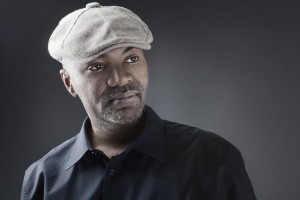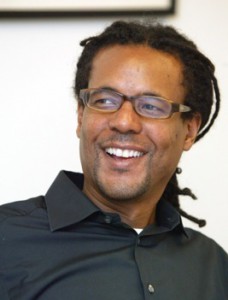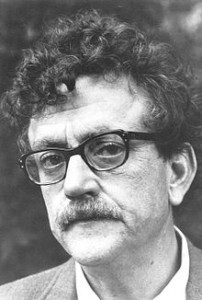Today we did a free write that asked you to consider when you realized you were a “New Yorker.” This might be specific experience you remember (similar to Colson Whitehead’s early memory of riding the Number 1 subway train in the essay we read, “Colossus of New York”) or a contemplative moment (similar to Whitehead’s claim that a New Yorker becomes a “New Yorker” when he or she feels that buildings or businesses that no longer exist are more real than those that have replaced them).
We also discussed the general conventions of the narrative essay form:
- Setting: you must describe place and clarify time (both duration and time period)
- Conflict
- Sequence of events
- Character
- Resolution
- Transitions appropriate to narratives include: afterward, currently, eventually, finally, first, later, meanwhile, next, now, soon, and then.
For more on the subject of Narrative Essays, see Purdue Online Writing Lab’s section on “Modes of Discourse” and their page dedicated to the Narrative Essay form:
https://owl.english.purdue.edu/owl/resource/685/04/








